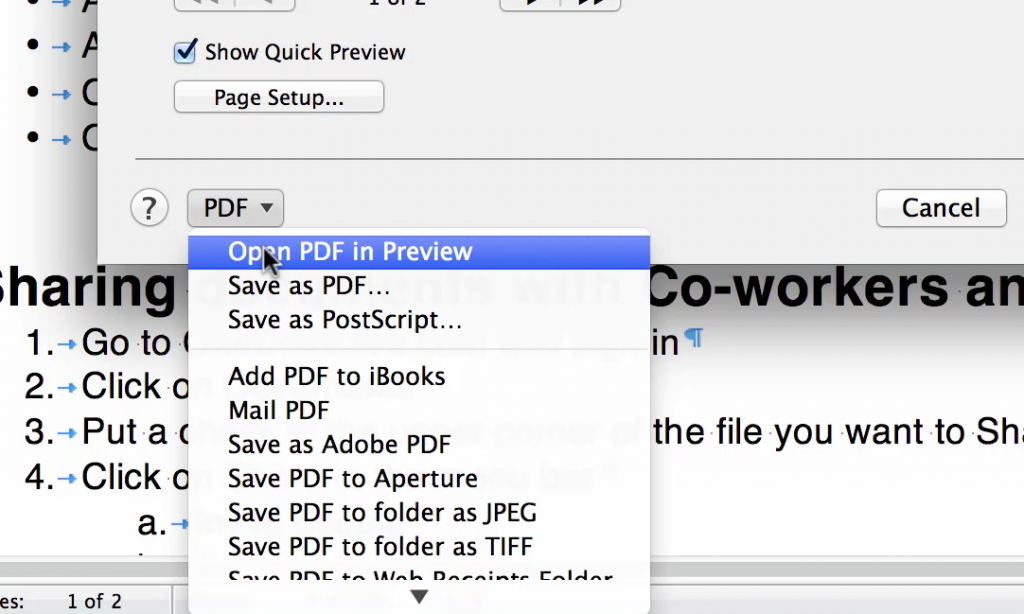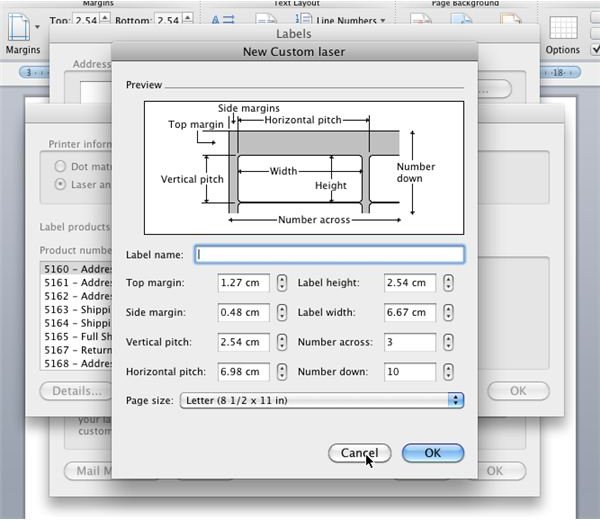
- WORD 2011 FOR MAC MAILINGS EMAIL HOW TO
- WORD 2011 FOR MAC MAILINGS EMAIL MAC OS
- WORD 2011 FOR MAC MAILINGS EMAIL SERIES
- WORD 2011 FOR MAC MAILINGS EMAIL MAC
- WORD 2011 FOR MAC MAILINGS EMAIL WINDOWS
WORD 2011 FOR MAC MAILINGS EMAIL MAC
It is because your Mac must be configured to use Outlook as the default email client rather than Mail. Answer to unasked question: Some people commented that the Generate Email Message option is grayed out for them. You have three options: Merge to Printer, Merge to New Document, and Generate Email Message.

Finally, in step six you produce your merged email messages. As you click, new records are injected into your document. You do this in step five by clicking on the View Merged Data icon and clicking the right or left arrow buttons to move through the forms. If you like, you can preview your form letter to make sure it’s constructed properly. Once you’ve selected the groups you want to include, click OK. In this specific case you choose groups of Address Book (or Outlook) recipients. Click Options and a Query Options window appears. In step four you determine which of your recipients are merged into the letter. Drag the appropriate data types to their proper place in your form letter. Here you’ll find common data types including first name, last name, address, phone number, and email address. Return to the Mail Merge Manager window and click the third step. Now start constructing your form letter, leaving spaces where you want to merge your data. Answer to Question 1: If you want to pull information from Outlook’s contacts, choose Office Address Book instead. For our purposes, choose Apple Address Book. Your options include New Data Source, Open Data Source, Office Address Book (the one found in Outlook), Apple Address Book (Apple’s Contacts application), and FileMaker Pro. In the second step click on Get List and choose the source for the data that will be inserted into your form letter-names, addresses, and phone numbers, for example. For our purposes we’ll choose Form Letters. Click Create New in the first step and you’ll see that you have the option to create a form letter, label, envelope, or catalog. This window contains six steps, all of which you march through in order to create your document. Choose Tools > Mail Merge Manager.Ī small Mail Merge Manager window will appear. Rather, you create mail merge documents within Microsoft Word. The first step to creating a successful form-letter is understanding that Outlook has nothing to do with designing the thing. For the sake of convenience I’ll pull portions of that column (in italics) into this one and answer as I go. Thanks for allowing me the chance to revisit this topic, particularly as it lets me answer some outstanding questions that followed it.
WORD 2011 FOR MAC MAILINGS EMAIL SERIES
In a series of tweets Toby writes: Thanks for your, which I followed to near success. Twitter follower Toby Sax is anxious for me to revisit an old Mac 911 column that lays out the steps for creating mail merged documents in Microsoft Word. Create a blank document in Word 2011 and click Tools.
WORD 2011 FOR MAC MAILINGS EMAIL HOW TO
How to Print Labels in Word 2011 with Mail Merge Manager Open Mail Merge Manager in Word 2011.
WORD 2011 FOR MAC MAILINGS EMAIL MAC OS
Software/Hardware used: Excel 2011 and Word 2011 running on Mac OS X.

Choose the field names (for example, column names, headers, and column headers) and position them in your document. Choose from four types of mail merge: Select Recipients List. Yeah, right….How to Create a Mail Merge in Word 2011 for Mac.

WORD 2011 FOR MAC MAILINGS EMAIL WINDOWS
After all, OS X is not supposed to be as much plagued as Windows with process cleanup issues and the like, and should not, in principle, require frequent reboots. If none of the above works, don’t give up, try searching another trick in another forum (now that you have a backup of your files) 🙂Īll this may sound Woodoo. Once the Outlook database is successfully rebuilt, try launching Outlook 2011 againģ) If that doesn’t work, reboot the Mac and try launching Outlook 2011 again Therefore, if you have this issue (Outlook 2011 for Mac not starting up), you could try the following steps:ġ) First, just reboot the Mac and then try launching Outlook 2011Ģ) If that doesn’t work, try rebuilding the Outlook 2011 database following Carl’s instructions in this forum post but, beforehand, make a separate backup of the plagued Outlook Identity (normally “Main Identity”) from the Finder, just in case. That is a possibility that I can’t easily verify at this time. Now I am thinking: Maybe a reboot was all that was needed in my case which did not necessarily require rebuilding the database. However, rebooting the Mac afterwords did the trick. At first, this did not work for me (but read on): Outlook 2011 would still refuse to start up (just showing a brief splash screen and then aborting, same as before) even AFTER successfully rebuilding the Outlook database following the instructions here.


 0 kommentar(er)
0 kommentar(er)
